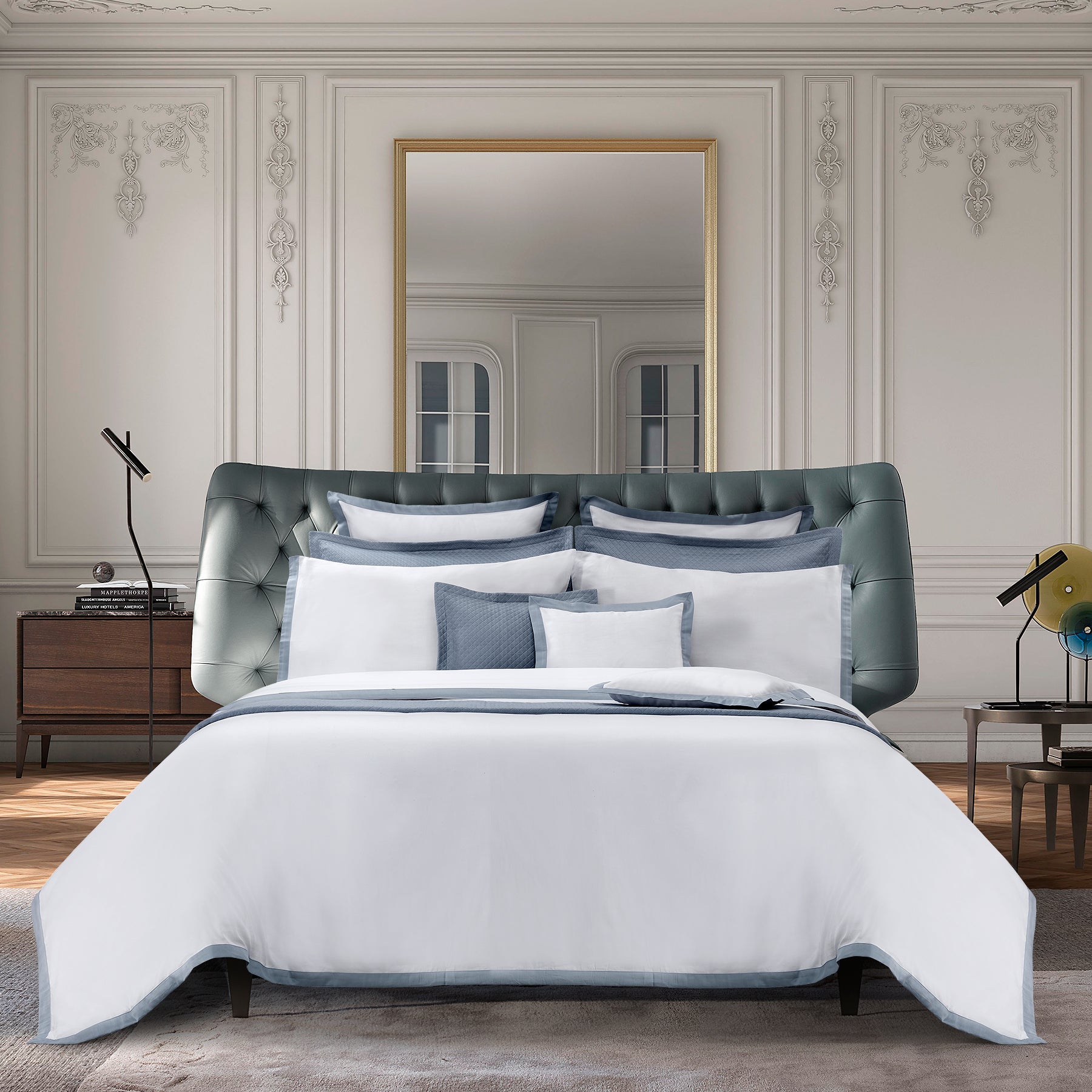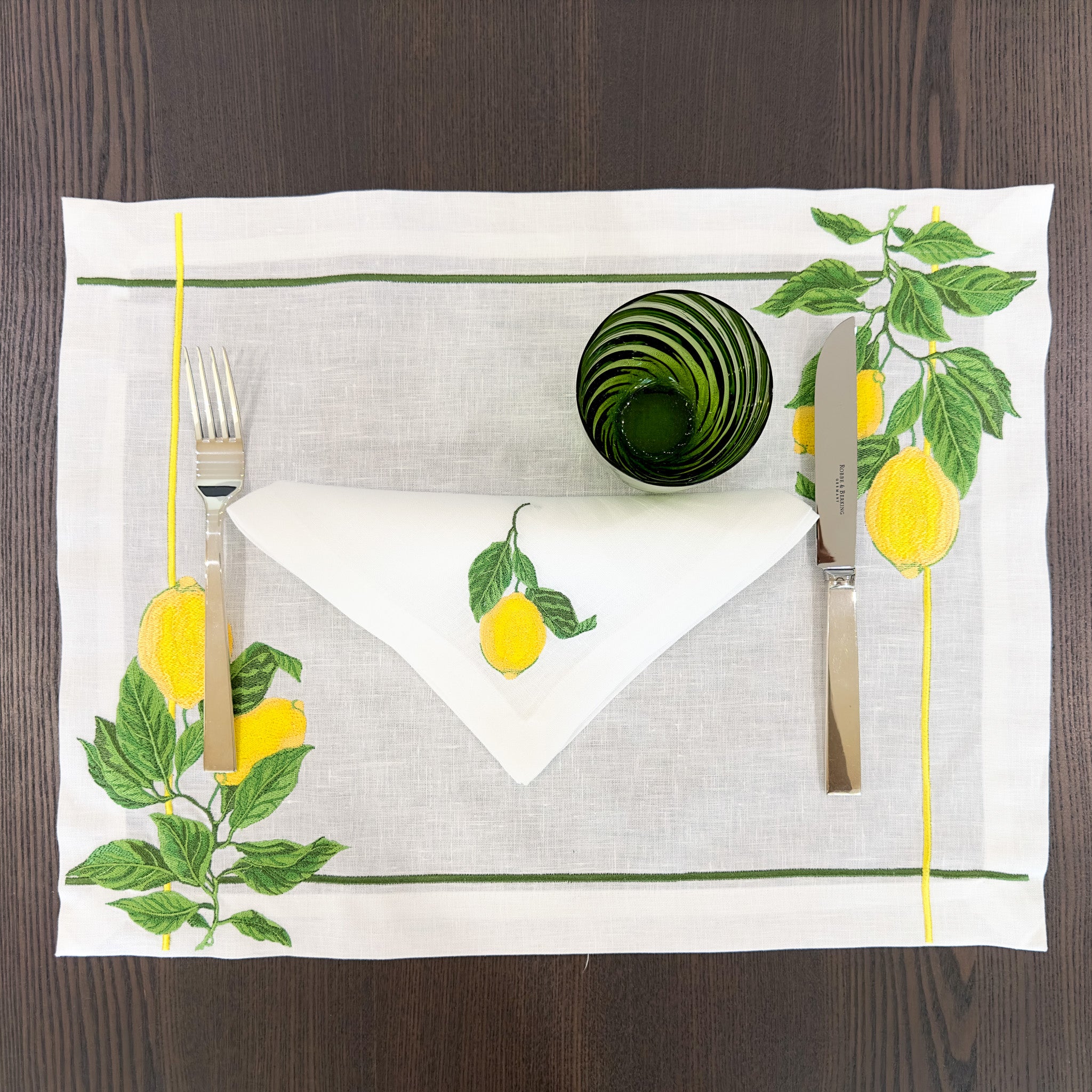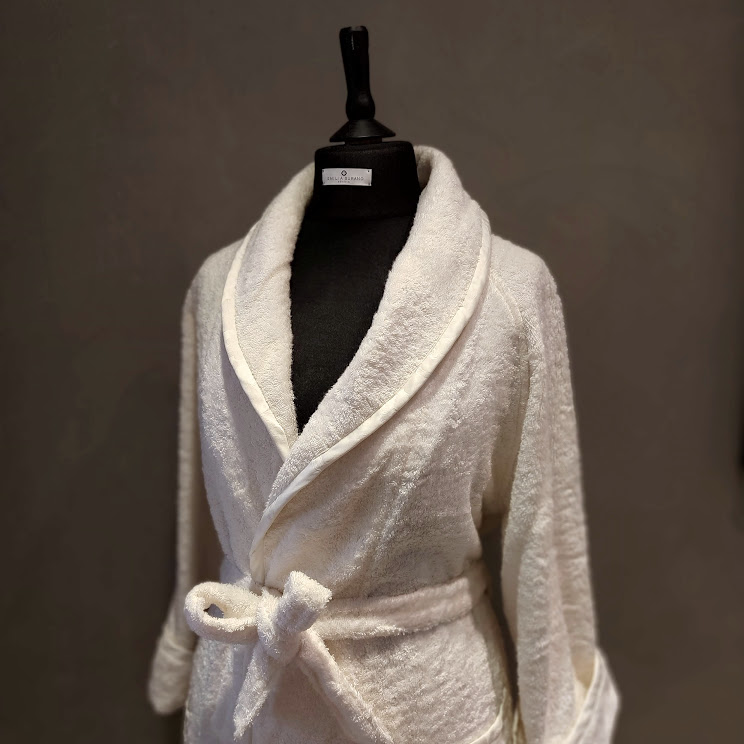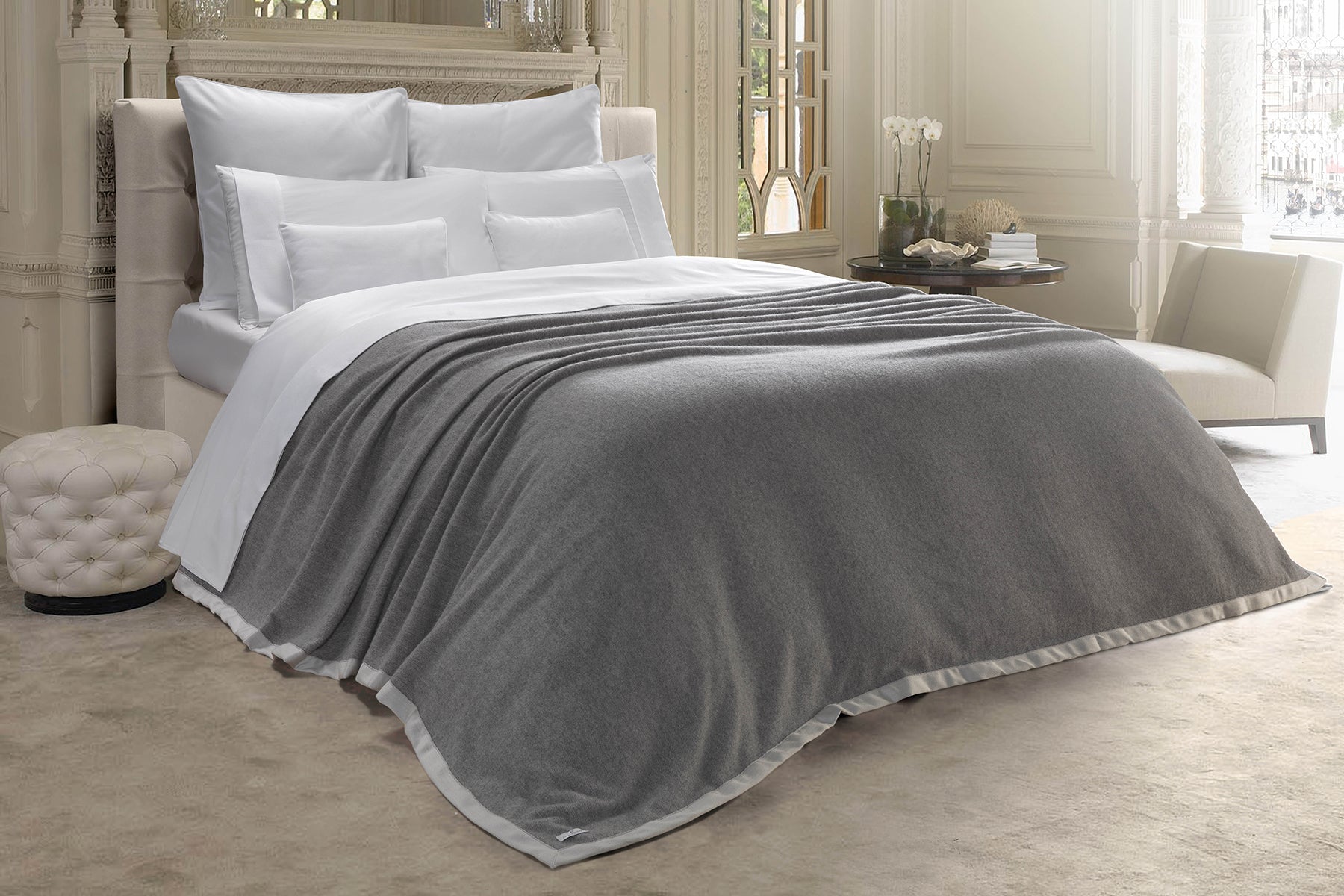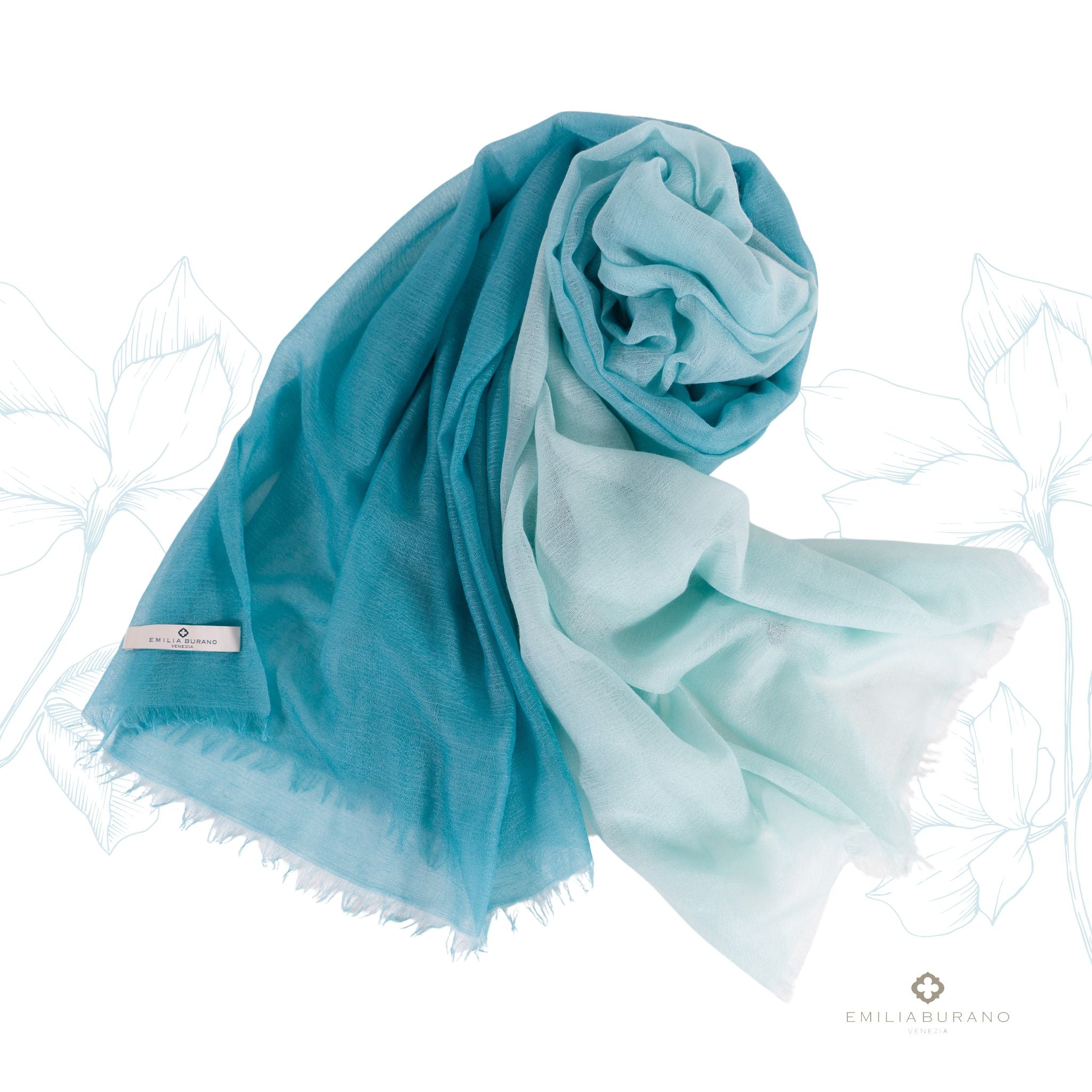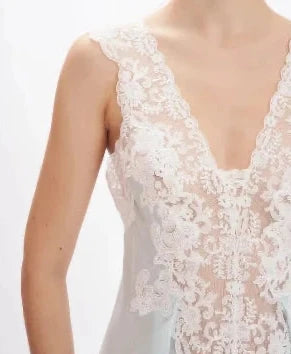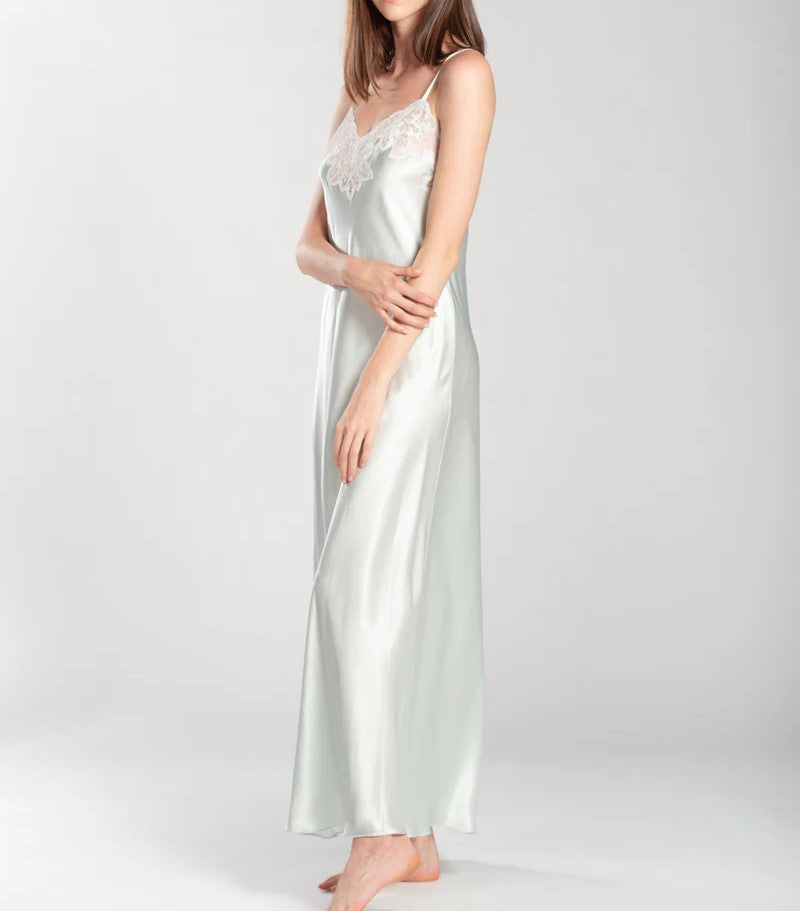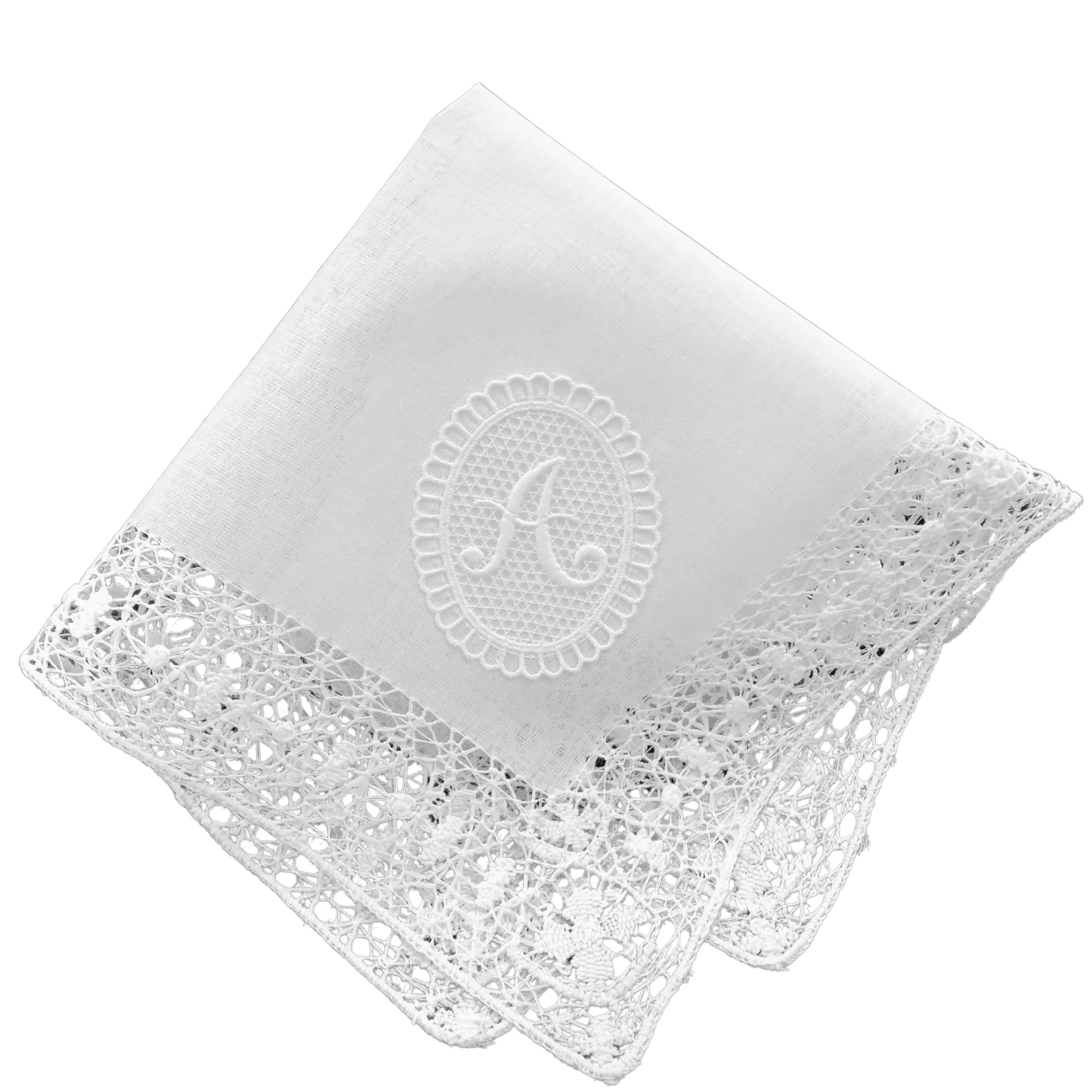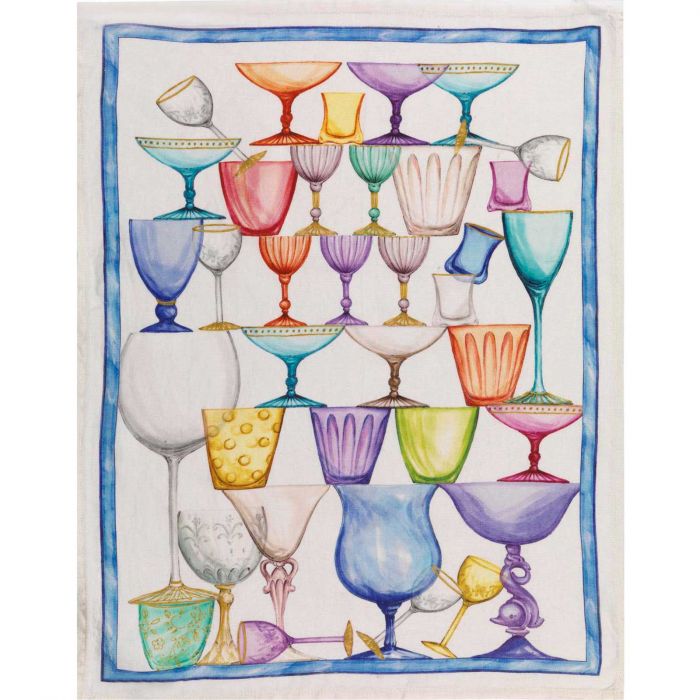

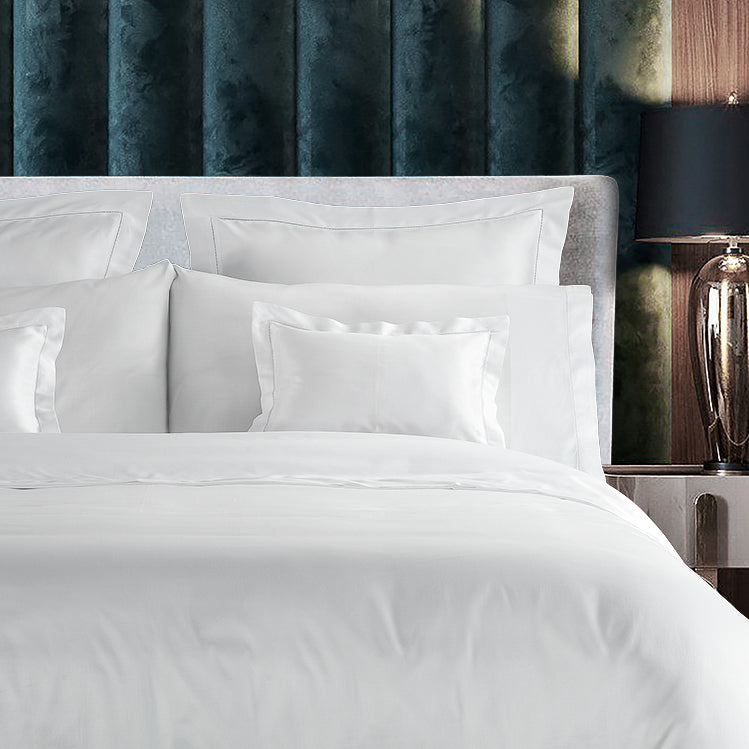
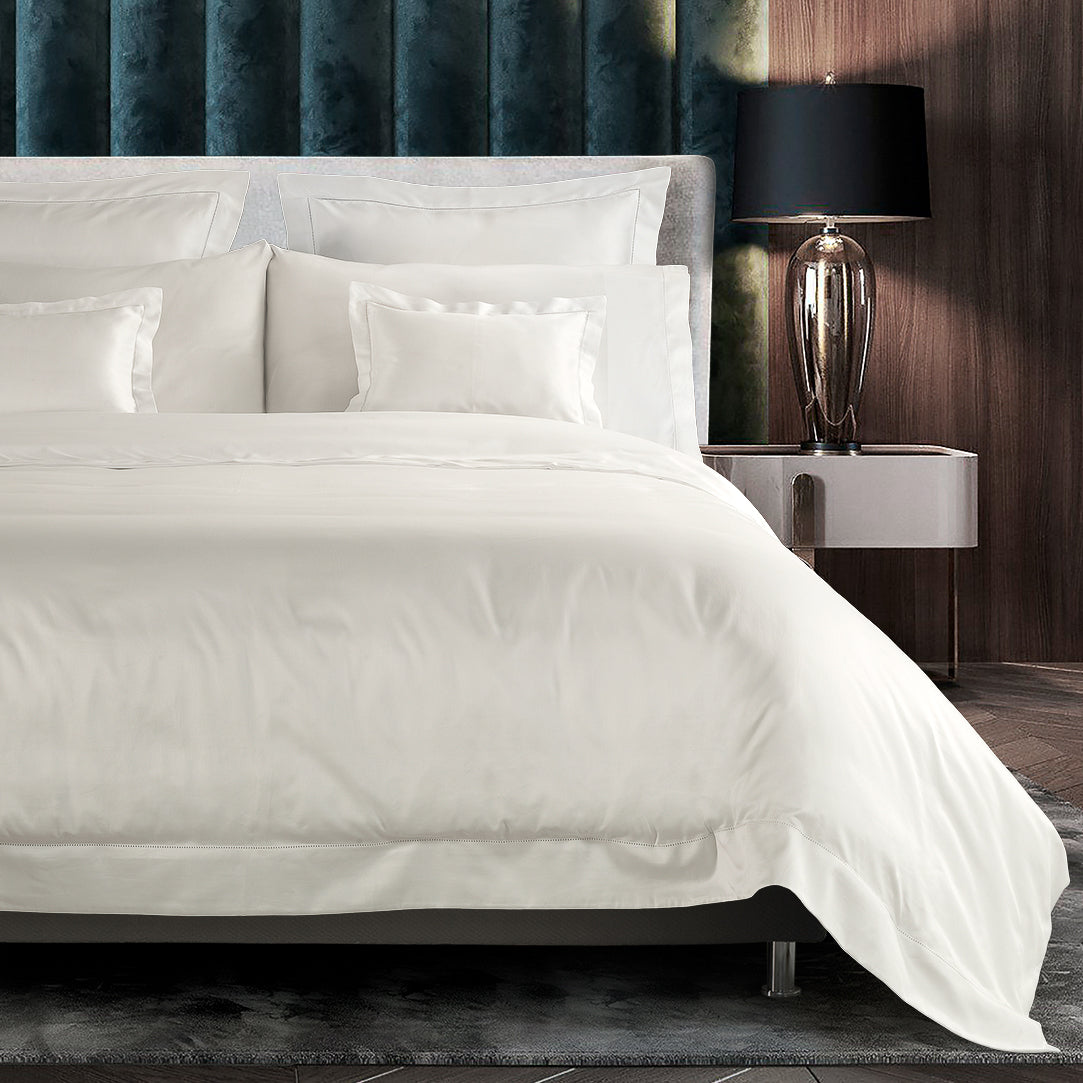
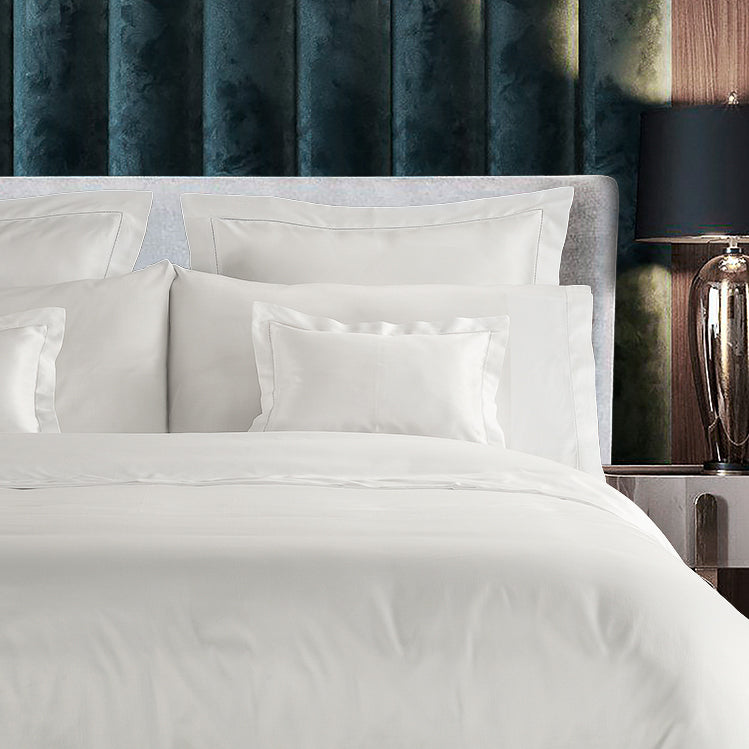
"GIZA" Collection
"GIZA" by Emilia Burano...For connoisseurs of fine linens sateen cotton, elegantly finished with hemstitch.
Live the experience of sleeping the sateen Giza dreams bed sheets made in Italy by Emilia Burano
- Fabric : GIZA Sateen Extra-long staple cotton 100%
- Look: Luxury, Pearlescent glow
- Feeling: Unrivaled Silky, Softness, Smooth, ultra soft and light
- Egyptian cotton
- Made in Italy
Please contact us for other size...
"Giza" by Emilia Burano
Egypt has always been the producer country of one of the best qualities of cotton in the world thanks to the particular climatic conditions and fertility of the areas close to the Nile.
Not all cottons from Egypt are classified as Extra Long Staple because only varieties that have a fiber length greater than 33mm can be classified in this way.
Among the most renowned qualities of extra-long linden Egyptian cotton is "GIZA" by EMILIA BURANO, with an average length of fibers between 35 and 36 mm.
In addition to being extremely long, the "GIZA" cotton fibers by EMILIA BURANO are highly uniform and incredibly fine but resistant. The brightness level of 76.6% is also the best among the extra long linden cotton varieties.
The resulting type of yarn has a smaller diameter, measured by the yarn count, but is simultaneously stronger than yarns produced with other varieties of cotton, thanks to the high tenacity of the fibers.
Using a finer yarn means that more threads can be used in a certain area of the fabric.
The number of threads per square inch is called the thread count, and a fabric with a high thread count is soft, compact, shiny and silky.
The qualities of the fibers and yarns, enhanced by the weaving and finishing processes developed by EMILIA BURANO, result in fabrics with exceptional properties and performance that last over time and improve with use.
Choose options







